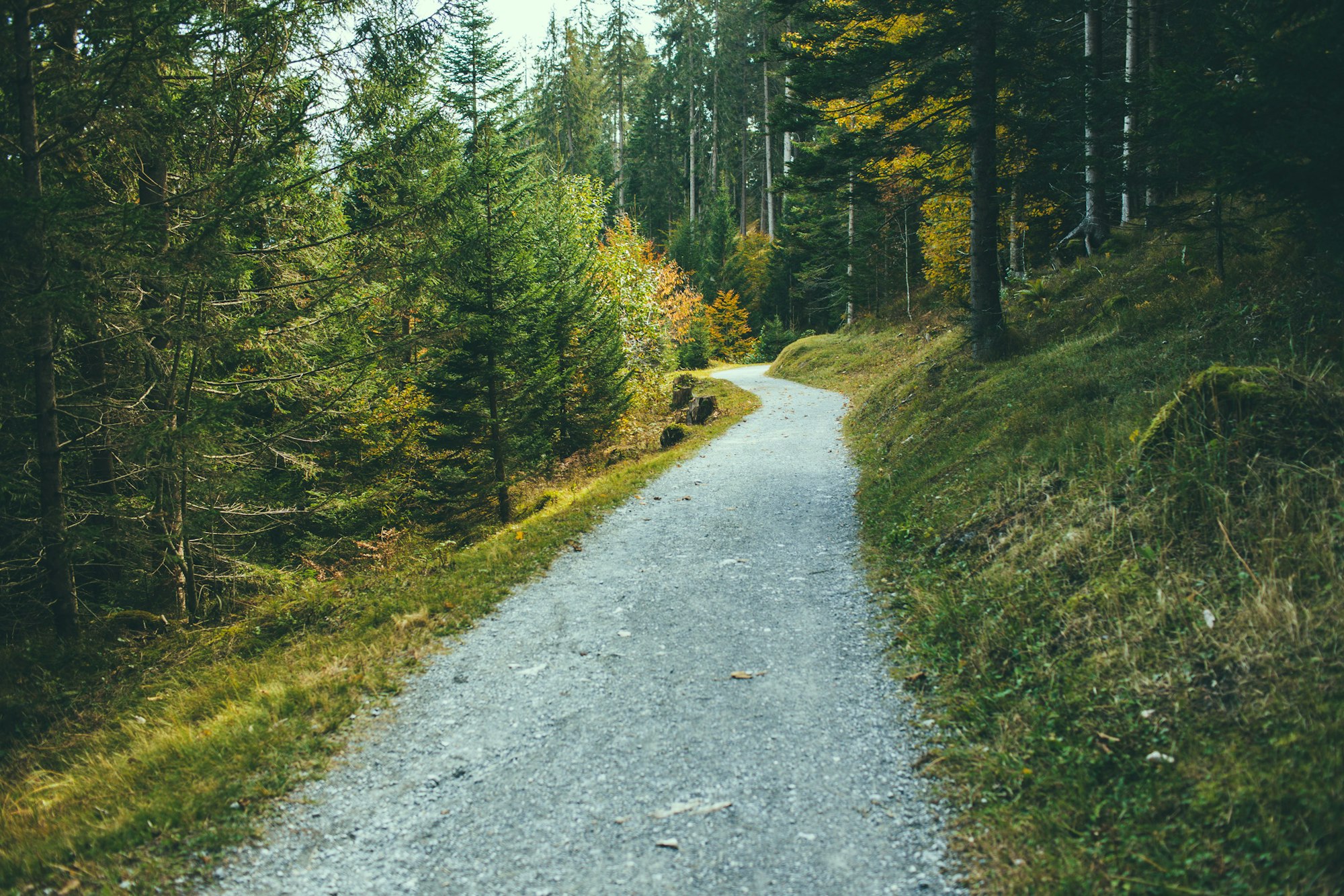Protecting Wild Colorado through Maintenance of Large, Outdoor Spaces

November 7, 2025 | Paige Wharton
In the heart of Colorado’s rugged mountain landscapes, canyons, and plains, where trails wind through forests and meadows and wildlife roam freely, special districts play a vital role. Parks, recreation, water, fire protection, and other districts manage much of the open land that gives Colorado its untamed beauty, and their work is about much more than scenery.
Across the state, special districts oversee land that appears untouched, including hiking trails stretching into the high country, recreational land where families gather, and open spaces that connect communities. Maintaining these wild and open spaces protects property, reduces liability, and fosters public safety.
Yet without consistent care, those same landscapes can become hazardous. Overgrown vegetation, eroded trails, and fallen trees threaten visitors and increase property risk. Proactive maintenance significantly reduces claims and losses related to floods, fires, wind, and other natural hazards.
Managing Vegetation and Wildfire Risk
Wildfire is one of Colorado’s most pressing natural hazards. One of the most effective ways to protect property and people is through vegetation and fuel management. Regular thinning of trees and shrubs, removal of deadwood, and control of dense underbrush reduce wildfire intensity and help create defensible space around buildings and infrastructure. These steps not only protect structures but also make it safer for firefighters to respond during emergencies. The U.S. Fire Administration emphasizes that “healthy landscapes” surrounding developed areas are key to reducing wildfire risk.
Creating firebreaks and buffer zones are equally important. By strategically clearing vegetation in certain areas, districts can help slow or stop a fire’s spread. These types of fuel treatments, when carefully planned, can protect communities while maintaining wildlife habitat and scenic value.
Keeping Trails Safe and Sustainable
Colorado’s trails are gateways to wild beauty, and they also demand regular care. Poorly maintained trails can erode, wash out, or create unsafe conditions for hikers and maintenance crews. Regular inspections, drainage improvements, and erosion control help preserve both safety and the natural environment. When trails cross steep or wet terrain, maintaining solid footing and proper runoff channels prevent damage during storms or snowmelt. The State of Colorado’s recent investments in restoring trails on popular 14ers highlight the importance of proactive trail management for both safety and sustainability.
Trail preservation and upkeep doesn’t stop at extensive trail systems and large outdoor spaces within the bounds of major parks and recreation departments – it also applies to urban outdoor spaces, often managed by metro districts. Maintaining signage and wayfinding of these special places improves public and visitor safety. Clear markers reduce the risk of visitors straying into unsafe or restricted zones and help emergency personnel respond quickly when needed. Seasonal warnings about fire danger, storm closures, or wildlife activity help keep both people and ecosystems safe in both remote and urban settings.
Infrastructure, Collaboration, and Safety
Maintenance doesn’t stop at trails and vegetation. Special districts are responsible for infrastructure that keeps outdoor spaces accessible, for example, roads, fences, restrooms, trailheads, and bridges. Regular inspection of these assets helps prevent costly failures and protects against liability claims. A single broken bridge or unstable footpath can lead to injury, litigation, and damage to public trust.
Collaboration is another essential strategy. Fires, floods, and windstorms don’t stop at jurisdictional boundaries, and neither should preparedness. Community Wildfire Protection Plans (CWPPs) give districts a framework for shared action. By defining risk zones, prioritizing fuel treatments, and coordinating defensible space efforts, districts can pool resources and expertise. The Colorado State Forest Service highlights CWPPs as a cornerstone of wildfire readiness and interagency cooperation.
Bringing Practical Mitigation Solutions to Life
While understanding and research are essential to any plan, action is equally important. Listed below are a few simple mitigation strategies which can help districts recover more quickly and decrease overall damage post-disaster.
- Raising items or equipment off the floor to keep them dry
- Regularly reviewing and implementing operations and maintenance programs
- Relocating park features or gathering spaces to areas less prone to inclement weather
- Floodproofing relevant spaces
- Strengthening structures to resist and withstand Colorado’s natural elements
The Value of Prevention
Prevention is more cost effective than response. Each year, districts across Colorado face millions in damages from natural events that could have been mitigated through early maintenance. In fact, the National Oceanic and Atmospheric Administration states that 76 major Colorado-based weather-related events have been recorded between 1980 and 2024, each resulting in over $1 billion in losses, with the majority occurring after 2008. Regular inspections after storms, snowmelt, or high winds identify hazards such as downed trees or unstable slopes before they become emergencies. Early intervention also protects employees and volunteers who maintain these lands.
Maintenance also supports environmental health and local communities. When trails erode or vegetation burns unchecked, sediment and debris can pollute streams, harm wildlife, and strain water treatment systems. By investing in stewardship today, districts protect the natural systems that sustain Colorado’s communities – from clean drinking water to resilient forests and healthy wildlife habitats.
Healthy trails, managed forests, and safe recreation areas also attract residents and tourists alike. Studies consistently show that properties near well maintained parks and trails hold higher value, boosting local economies. Outdoor recreation in Colorado contributes over $60 billion annually to the state's economy and supports tens of thousands of jobs. Maintaining wild and open spaces is not only about protecting district assets—it is about preserving what makes Colorado unique.
A Shared Responsibility
Every Coloradan benefits from the work of special districts that care for the state’s wild and open spaces. Maintaining mountainous landscapes and vast open spaces may not be glamourous work, but it is critical. It ensures trails remain safe, fires stay manageable, floods do less harm, and Colorado’s landscapes continue to inspire. Through careful maintenance, special districts can protect both people and property while keeping the spirit of wild Colorado alive for all to enjoy.
